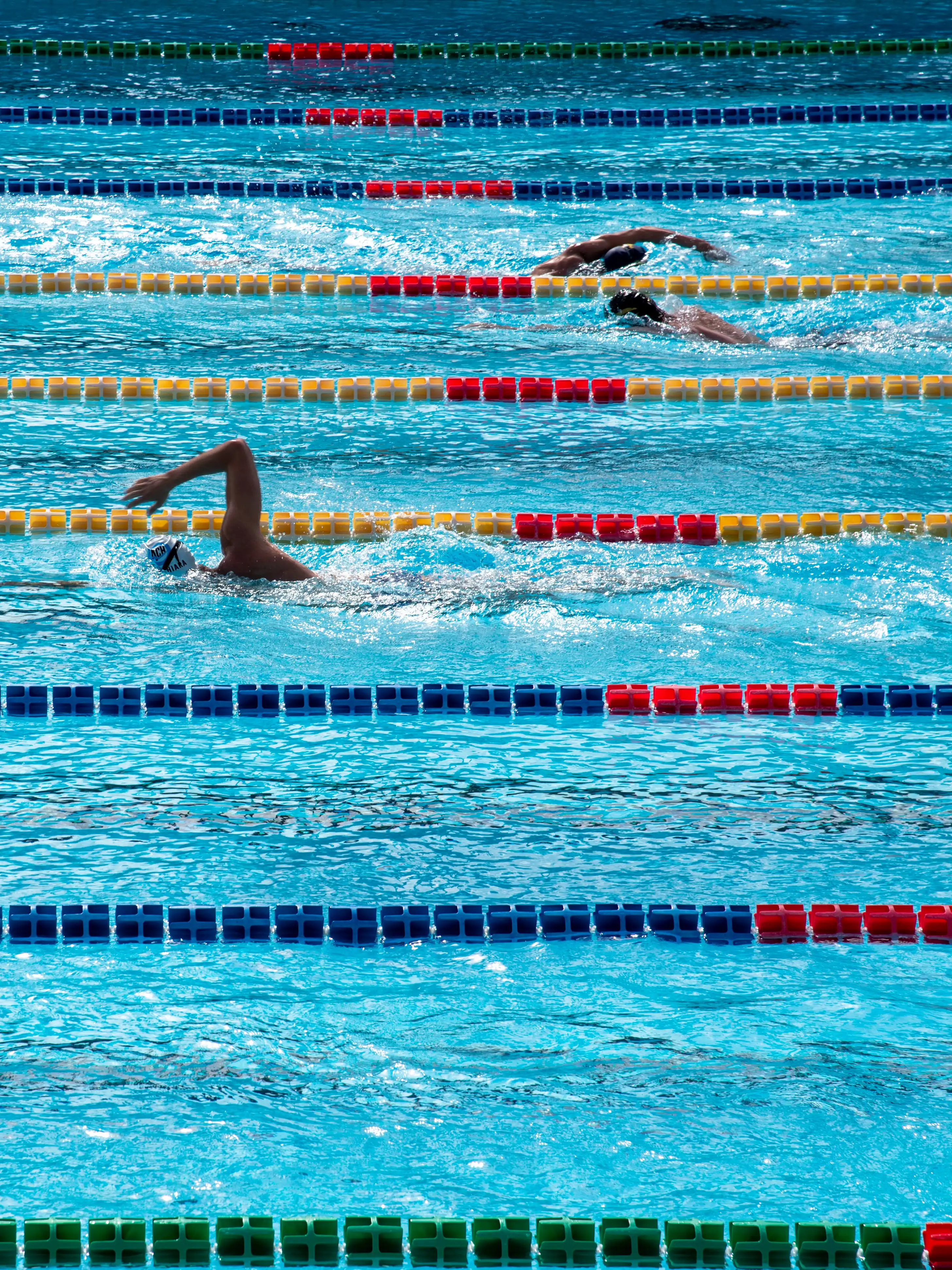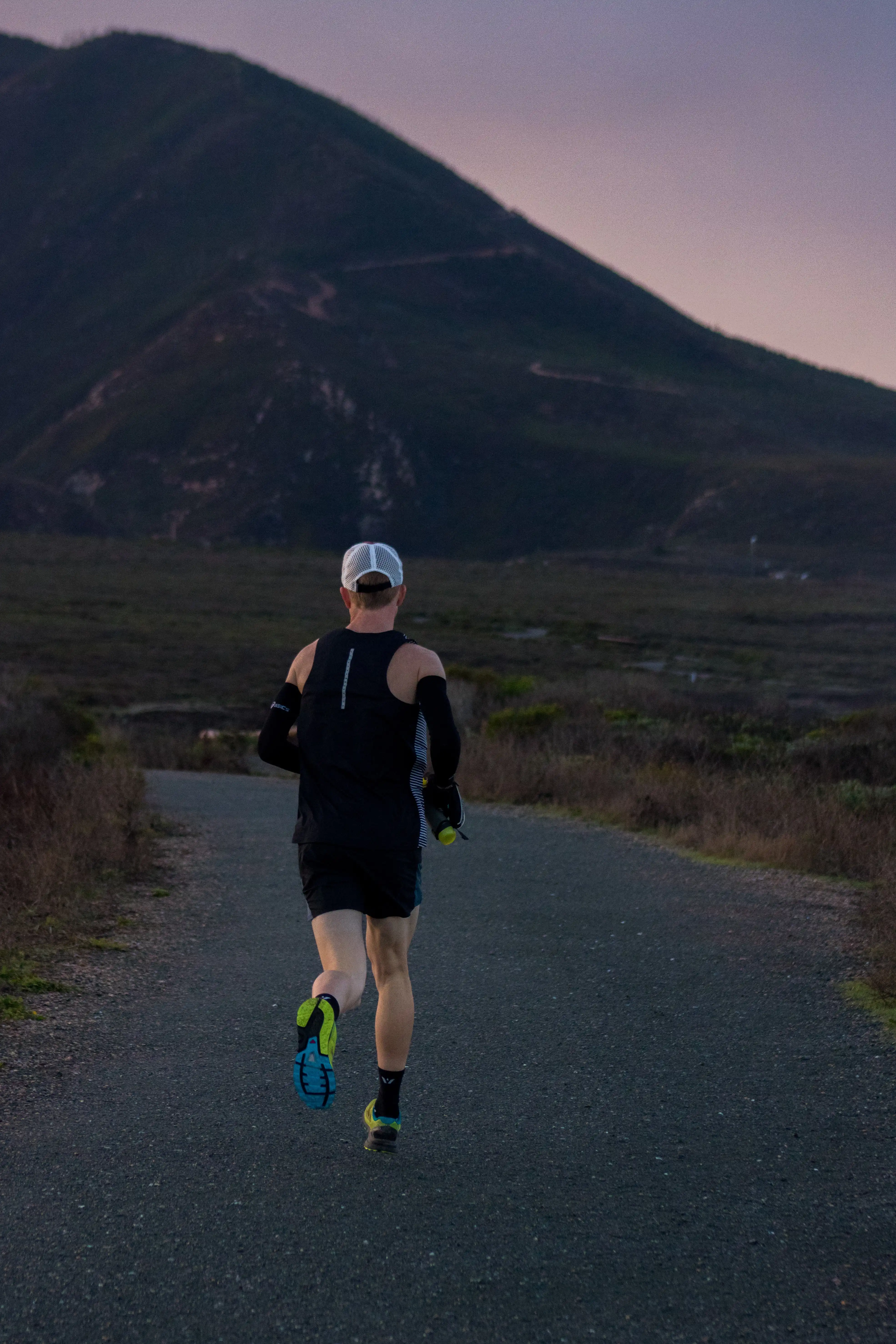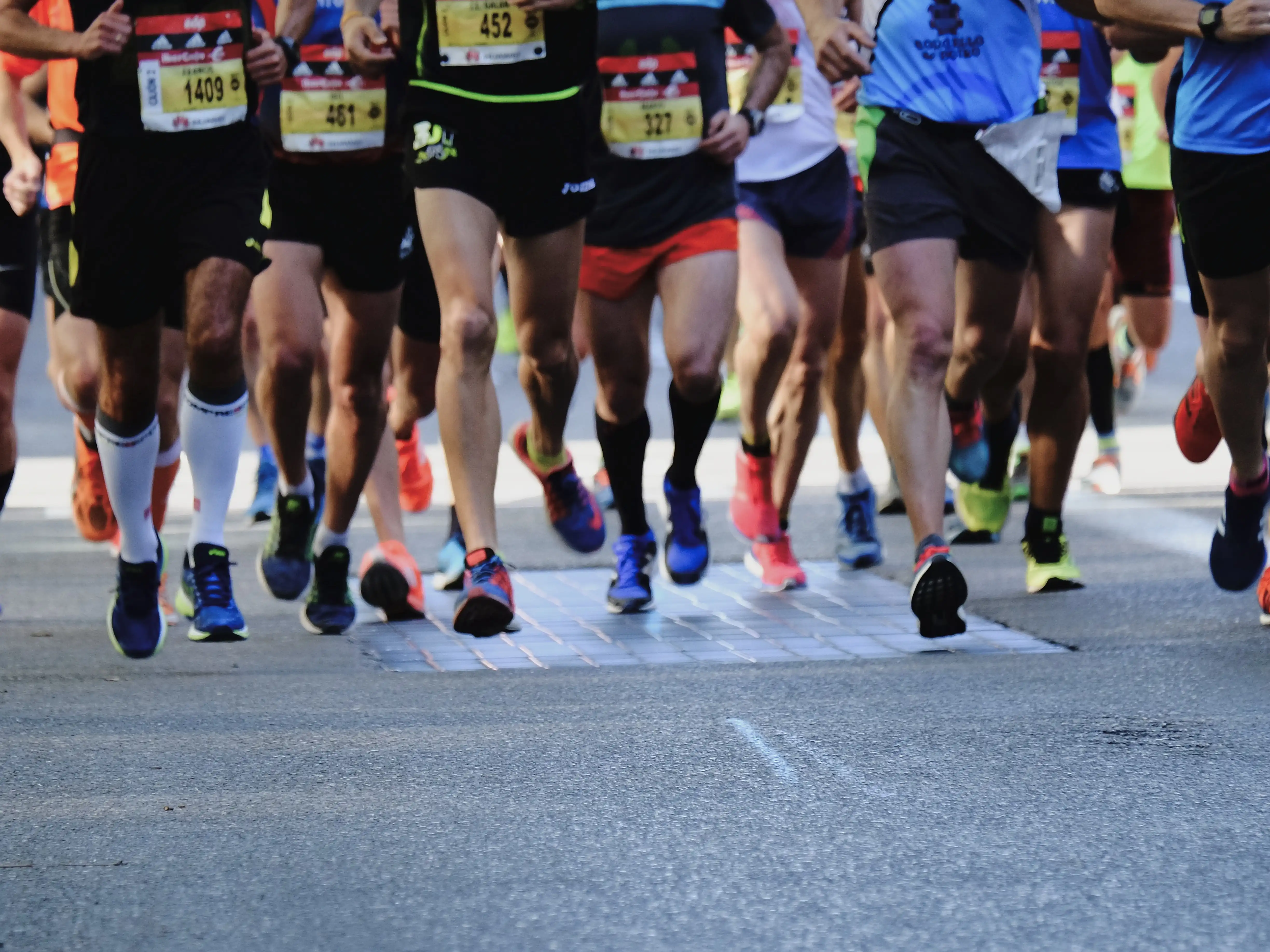
The age of men and women in the pile swimming
Women achieve peak swim performance in individual medley at earlier ages than men So far, only the age of the Freestilschwimmer was investigated. We have examined the change in the age of the best floor swimmers of Switzerland from 1994 to 2011 and compared with freestyle swimming over the same period.
The age of the best performance was over 200m and 400m locations as well as 200m and 400m freestyle higher for men than for women. From 1994 to 2011, the age of the best performance did not change even though the floats became more and faster. All details about the study can be found under http://www.medicinasportiva.pl/new/pliki/ms_2013_02_01_buhl.pdf
Read more

